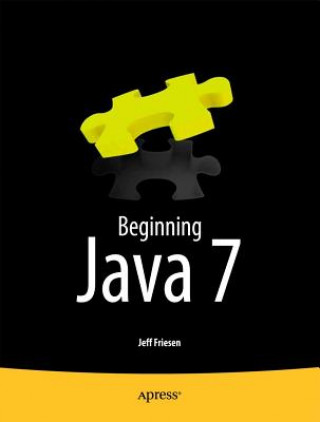
Kód: 04430536
Beginning Java 7
Autor Jeff Friesen
Beginning Java 7 guides you through version 7 of the Java language and a wide assortment of platform APIs. New Java 7 language features that are discussed include switch-on-string and try-with-resources. APIs that are discussed in ... celý popis
- Jazyk:
 Angličtina
Angličtina - Väzba: Brožovaná
- Počet strán: 920
Nakladateľ: Springer-Verlag Berlin and Heidelberg GmbH & Co. KG, 2011
- Viac informácií o knihe

57.21 €

Skladom u dodávateľa v malom množstve
Odosielame za 12 - 15 dní
Potrebujete viac kusov?Ak máte záujem o viac kusov, preverte, prosím, najprv dostupnosť titulu na našej zákazníckej podpore.
Pridať medzi želanie
Mohlo by sa vám tiež páčiť
-

Saluki - A Complete Anthology of the Dog
37.60 € -
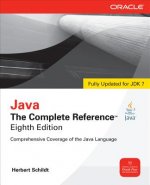
Java 7
65.14 € -

New Herb Bible
19.60 € -13 % -

How to Instantly Connect With Anyone
24.43 € -13 % -

Beloved
13.56 € -13 % -

Stop Smoking For Dummies (R)
16.18 € -

Carnelians
24.43 € -6 % -

Best of Abba
28.25 € -2 % -

Obd-II (96 On) Engine Management Systems
36.89 € -18 % -

Why Men Love Bitches
14.87 € -12 % -

The Legendeer: Warriors of the Raven
8.74 € -13 % -

Beautiful Stranger
9.95 € -22 % -

Canada: A Nation of Regions: Canada
84.26 € -

Valuepack: Design Patterns:Elements of Reusable Object-Oriented Software with Applying UML and Patterns:An Introduction to Object-Oriented Analysis an
85.16 € -
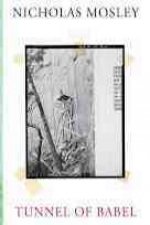
Tunnel of Babel
12.66 € -10 % -

Good Day, Good Night
18.39 € -

Mujeres
22.62 € -5 % -

Pirlo Mysle wiec gram
7.53 € -16 % -

Colomba
27.35 € -

Na dně
6.73 € -13 % -

Sbírka úloh z matematiky pro základní školu
9.34 €
Darujte túto knihu ešte dnes
- Objednajte knihu a vyberte Zaslať ako darček.
- Obratom obdržíte darovací poukaz na knihu, ktorý môžete ihneď odovzdať obdarovanému.
- Knihu zašleme na adresu obdarovaného, o nič sa nestaráte.
Viac informácií o knihe Beginning Java 7
Nákupom získate 144 bodov
 Anotácia knihy
Anotácia knihy
Beginning Java 7 guides you through version 7 of the Java language and a wide assortment of platform APIs. New Java 7 language features that are discussed include switch-on-string and try-with-resources. APIs that are discussed include Threading, the Collections Framework, the Concurrency Utilities, Swing, Java 2D, networking, JDBC, SAX, DOM, StAX, XPath, JAX-WS, and SAAJ. This book also presents an introduction to Android app development so that you can apply some of its knowledge to the exciting world of Android app development.§§This book presents the following table of contents:§§Chapter 1 introduces you to Java and begins to cover the Java language by focusing on fundamental concepts such as comments, identifiers, variables, expressions, and statements.§§Chapter 2 continues to explore this language by presenting all of its features for working with classes and objects. You learn about features related to class declaration and object creation, encapsulation, information hiding, inheritance, polymorphism, interfaces, and garbage collection.§§Chapter 3 focuses on the more advanced language features related to nested classes, packages, static imports, exceptions, assertions, annotations, generics, and enums. Additional chapters introduce you to the few features not covered in Chapters 1§§through 3.§§Chapter 4 largely moves away from covering language features (although it does introduce class literals and strictfp) while focusing on language-oriented APIs. You learn about Math, StrictMath, Package, Primitive Type Wrapper Classes, Reference, Reflection, String, StringBuffer and StringBuilder, Threading, BigDecimal, and BigInteger in this chapter.§§Chapter 5 begins to explore Java's utility APIs by focusing largely on the Collections Framework. However, it also discusses legacy collection-oriented APIs and how to create your own collections.§§Chapter 6 continues to focus on utility APIs by presenting the concurrency utilities along with the Objects and Random classes.§§Chapter 7 moves you away from the command-line user interfaces that appear in previous chapters and toward graphical user interfaces. You first learn about the Abstract Window Toolkit foundation, and then explore the Java Foundation Classes in§§terms of Swing and Java 2D. Appendix C explores Accessibility and Drag and Drop.§§Chapter 8 explores filesystem-oriented I/O in terms of the File, RandomAccessFile, stream, and writer/reader classes.§§Chapter 9 introduces you to Java's network APIs (e.g., sockets). It also introduces you to the JDBC API for interacting with databases along with the Java DB database product.§§Chapter 10 dives into Java's XML support by first presenting an introduction to XML (including DTDs and schemas). It next explores the SAX, DOM, StAX, XPath, and XSLT APIs. It even briefly touches on the Validation API. While exploring XPath, you encounter namespace contexts, extension functions and function resolvers, and variables and variable resolvers.§§Chapter 11 introduces you to Java's support for SOAP-based and RESTful web services. As well as providing you with the basics of these web service categories, Chapter 11 presents some advanced topics, such as working with the SAAJ API to communicate§§with a SOAP-based web service without having to rely on JAX-WS. You will appreciate having learned about XML in Chapter 10 before diving into this chapter.§§Chapter 12 helps you put to use some of the knowledge you've gathered in previous chapters by showing you how to use Java to write an Android app's source code. This chapter introduces you to Android, discusses its architecture, shows you how to§§install necessary tools, and develops a simple app.§§Appendix A presents the solutions to the programming exercises that appear near the end of Chapters 1 through 12.§§Appendix B introduces you to Java's Scripting API along with Java 7's support for dynamically typed languages.§§Appendix C introduces you to additional
 Parametre knihy
Parametre knihy
Zaradenie knihy Knihy po anglicky Computing & information technology Computer programming / software development Object-oriented programming (OOP)
57.21 €
- Celý názov: Beginning Java 7
- Autor: Jeff Friesen
- Jazyk:
 Angličtina
Angličtina - Väzba: Brožovaná
- Počet strán: 920
- EAN: 9781430239093
- ISBN: 1430239093
- ID: 04430536
- Nakladateľ: Springer-Verlag Berlin and Heidelberg GmbH & Co. KG
- Hmotnosť: 1548 g
- Rozmery: 233 × 196 × 50 mm
- Dátum vydania: 16. November 2011
Obľúbené z iného súdka
-
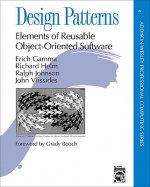
Design Patterns
53.18 € -
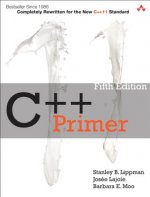
C++ Primer
50.47 € -5 % -

Patterns, Principles and Practices of Domain- Driven Design
48.96 € -15 % -
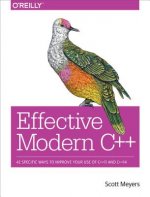
Effective Modern C++
51.27 € -23 % -
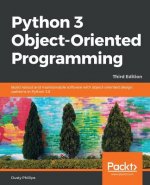
Python 3 Object-Oriented Programming
55.50 € -

Growing Object-Oriented Software, Guided by Tests
51.58 € -9 % -
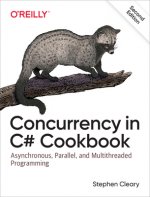
Concurrency in C# Cookbook
44.34 € -21 % -

Agile Software Development, Principles, Patterns, and Practices
89.48 € -
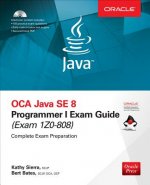
OCA Java SE 8 Programmer I Exam Guide (Exams 1Z0-808)
47.45 € -21 % -

Object-Oriented Thought Process, The
47.05 € -

Data Structures & Algorithms in Java 6e International Student Version
62.54 € -5 % -
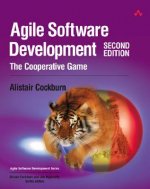
Agile Software Development
65.05 € -
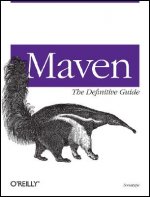
Maven: The Definitive Guide
41.02 € -14 % -

Clojure For The Brave And True
33.58 € -17 % -
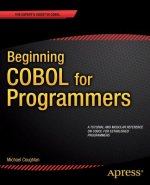
Beginning COBOL for Programmers
124.78 € -

Use of the SOLID principles with the IEC 61131-3
15.58 € -
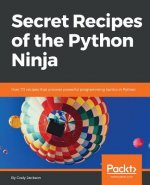
Secret Recipes of the Python Ninja
63.44 € -
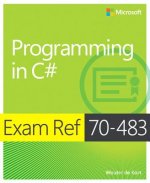
Programming in C#
40.41 € -

Reactive Programming with RxJava
47.85 € -
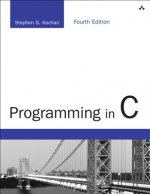
Programming in C
50.07 € -

UML Distilled
44.13 € -7 % -

Analysis Patterns
76.01 € -

Modern Java Recipes
53.08 € -
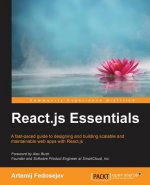
React.js Essentials
29.86 € -10 % -
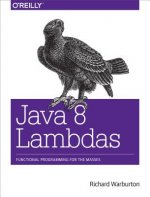
Java 8 Lambdas
42.73 € -
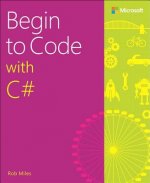
Begin to Code with C#
32.77 € -19 % -

Get Programming with Haskell
47.75 € -4 % -

Head First C
47.45 € -21 % -
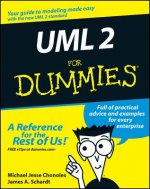
UML 2 for Dummies
26.64 € -15 % -

UML 2 Certification Guide
80.23 € -
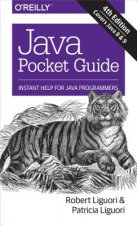
Java Pocket Guide, 4e
21.71 € -16 % -
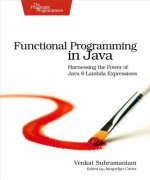
Functional Programming in Java
38.10 € -
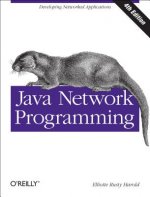
Java Network Programming 4ed
51.78 € -6 % -
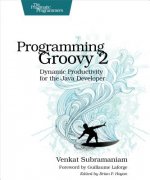
Programming Groovy 2.0
37.60 € -

API Design for C++
62.64 € -9 % -
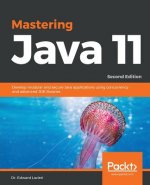
Mastering Java 11
56.80 € -

Just Hibernate
34.78 € -

Mastering VBA for Microsoft Office 2016
47.35 € -5 % -
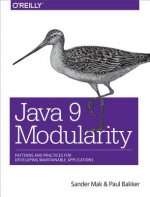
Java 9 Modularity
42.73 € -
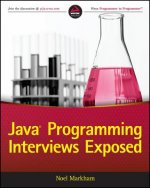
Java Programming Interviews Exposed
33.07 € -14 % -

Harnessing Hibernate
38.10 € -6 % -
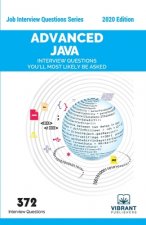
Advanced JAVA Interview Questions You'll Most Likely Be Asked
33.07 € -14 % -
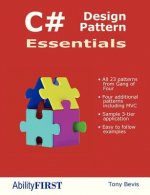
C# Design Pattern Essentials
41.42 € -
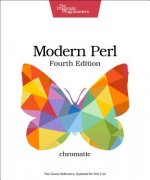
Modern Perl 4e
32.67 € -5 % -
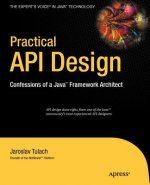
Practical Api Design: Confessions Of A Java Framework Architect
106.38 € -
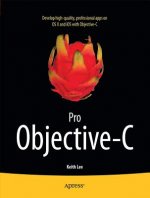
Pro Objective-C
77.92 € -2 % -
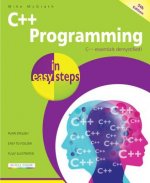
C++ Programming in Easy Steps
18.39 € -

Elasticsearch Server - Third Edition
70.28 € -
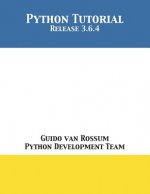
Python Tutorial
13.36 €
Osobný odber Bratislava a 2642 dalších
Copyright ©2008-24 najlacnejsie-knihy.sk Všetky práva vyhradenéSúkromieCookies


 21 miliónov titulov
21 miliónov titulov Vrátenie do mesiaca
Vrátenie do mesiaca 02/210 210 99 (8-15.30h)
02/210 210 99 (8-15.30h)